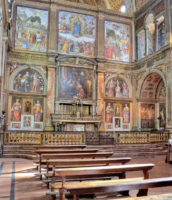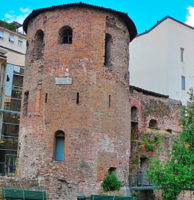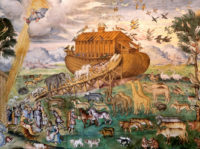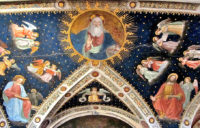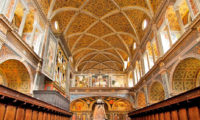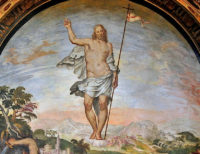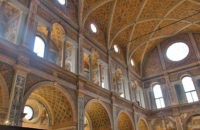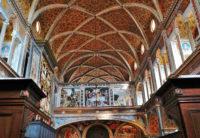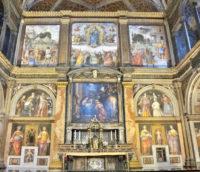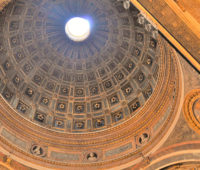The church is at 15 Corso Magenta. It was consecrated in 1519. It belonged to a convent of Benedictine nuns called “Maggiore” because it was the largest and most important in the town.
The single nave is divided by a partition in order to set aside space for the public separate from the one for the nuns. The interior is decorated with fine 16th century frescos mostly by Bernardino Luini. There is a grandiose, really magnificent choir in beautifully worked wood that is well preserved.
Behind the church stand two towers, the lower part and foundations of which date back to the Roman era. The church does not have regular worship services; it holds, however, series of organ concerts. The old Antegnati organ, an instrument dated 1554, is one of the few bearing such a venerable date. It was ordered by the Benedictine nuns of the Monastero Maggiore. They were a wealthy group of daughters of patrician Milanese families.
The builder was Giacomo Antegnati, born in Brescia, but at that time a resident of Milan in the parish of Sant’Alessandro in Zebedia. According to the contract, the new organ was to be larger in dimension and have more stops than churches much large than San Maurizio.
Today, the organ has the beautiful sound and tone quality of centuries ago thanks to the organ repairer Mascioni di Cuvio’s attention to the most minute details as he worked on it.



